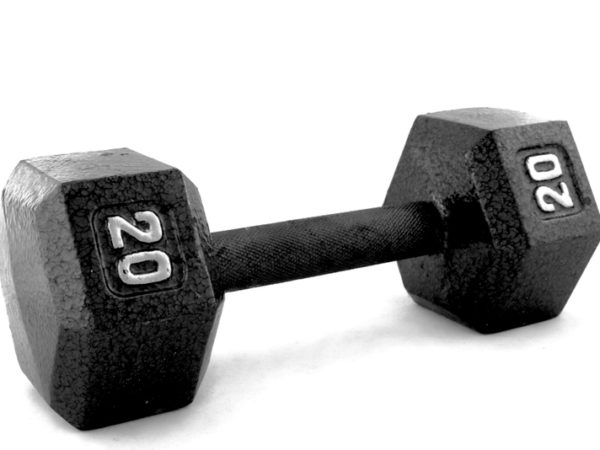
 Many people who exercise regularly say they do so as much for the mental relief from stress as the physical. Now a new Canadian study says resistance training may have a lasting positive effect on the brain.
Many people who exercise regularly say they do so as much for the mental relief from stress as the physical. Now a new Canadian study says resistance training may have a lasting positive effect on the brain.
The study, published October 12 in the Journal of the American Geriatrics Society is called “Resistance Training and White Matter Lesion Progression in Older Women: Exploratory Analysis of a 12-Month Randomized Controlled Trial“.
Teresa Liu-Ambrose is director of the Aging, Mobility, and Cognitive Neuroscience Laboratory at the University of B.C. and worked on the study. She says the results were a surprise to the team.
“What’s most exciting is we didn’t expect resistance training to have these types of effects,” she told Vancouver Metro. “Most people think of running and swimming … as being good for the brain, but what we are finding is that strength training certainly does have similar benefits.”
The study, a 52-week randomized controlled trial, had the aim of assessing whether resistance training slows the progression of white matter lesions in older women. Researchers enlisted 155 “community-dwelling” women between the ages of 65 and 75 who had evidence of white matter lesions on an MRI.
A lesion is an area of tissue that has been damaged through injury or disease. Approximately 95% of adults 65 and older have such lesions.
Participants were divided into three groups. One group did resistance training once a week. A second group twice a week, and a third group underwent a twice-weekly “balance and tone” routine. Upon completion of the trial, the researcher found the group of women who exercised twice week had a “significantly lower” volume of white matter lesions than did the group that exercised just once a week. They found no significant difference between the balance and tone group and the latter.
Liu-Ambrose thinks the findings are important because of the accessibility of resistance training to a wide group of people.
“It’s impactful because not everybody does have the ability to partake in aerobic-based exercises like running or swimming, especially among older adults,” she said. “They might have other conditions that reduce their ability to have that mobility, so resistance training can modify it.”
Other studies have established a link between physical activity and a reduction in white matter lesions, but not specifically from resistance training. Last year, researchers at the University of Illinois at Urbana-Champaign used accelerometers to track activity levels in 88 people between the ages of 60 and 78 and found a strong association between increased activity and lower levels of damage to white-matter tracts. Previous studies, said lead researcher Agnieszka Burzynska, relied on participants to simply describe how much activity they were getting.
A study led by Rotman Research Institute at Baycrest Health Sciences in Toronto suggests white matter disease exacts a heavy toll on those who may have acquired it through smoking, drinking alcohol, a lack of exercise, a poor diet, or a combination of all of the above.
“White matter disease is a covert operator. It can slowly strangle the brain’s connecting pathways over time,” says Brandon P. Vasquez, a PhD candidate and lead author of a 2014 study published in the British Journal of Neuropsychology called “The neuropsychological profile of vascular cognitive impairment not demented: A meta-analysis“.
“Many people may have white matter lesions and not even know that they do or that they should seek clinical testing for a diagnosis,” adds Vasquez. “This can occur because individuals may be unaware of incremental changes to cognition, or because they ignore mild changes that they attribute to the aging process. This makes it difficult to nail down a more precise prevalence rate in the Canadian population.”
Leave a Reply
You must be logged in to post a comment.




 Share
Share Tweet
Tweet Share
Share




Comment